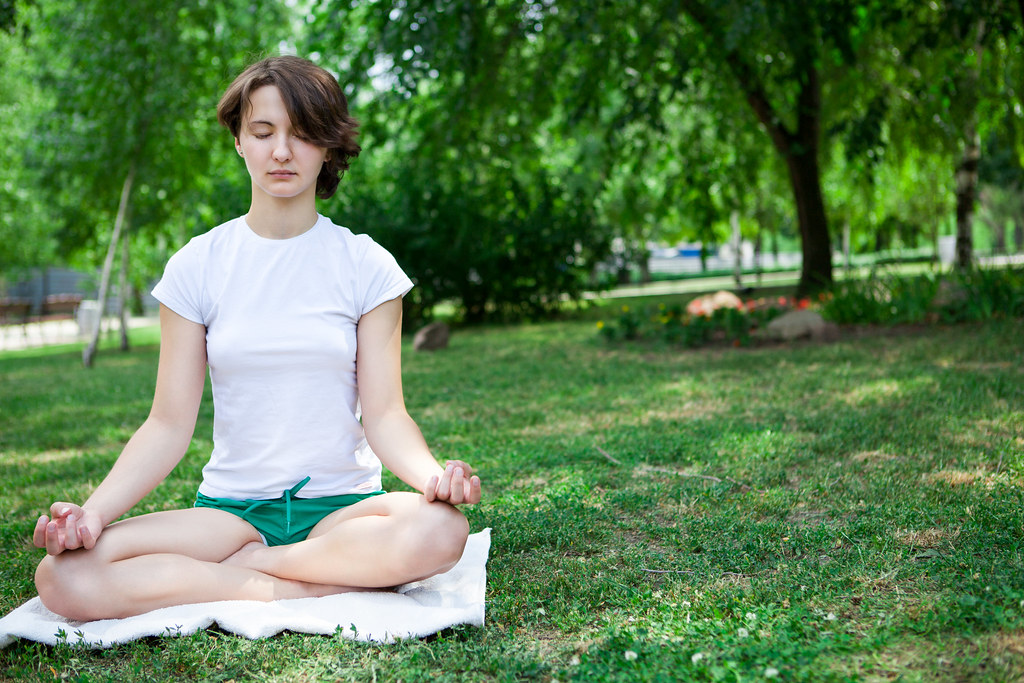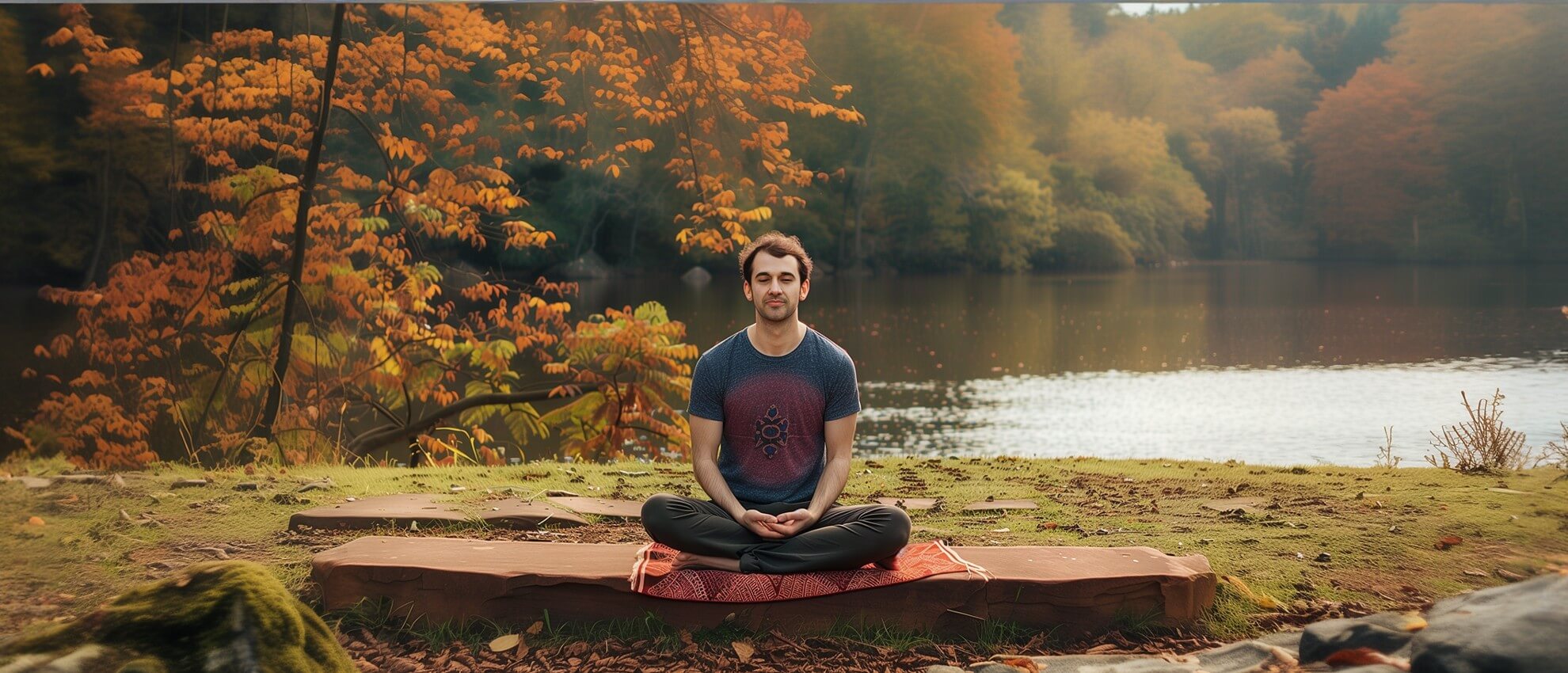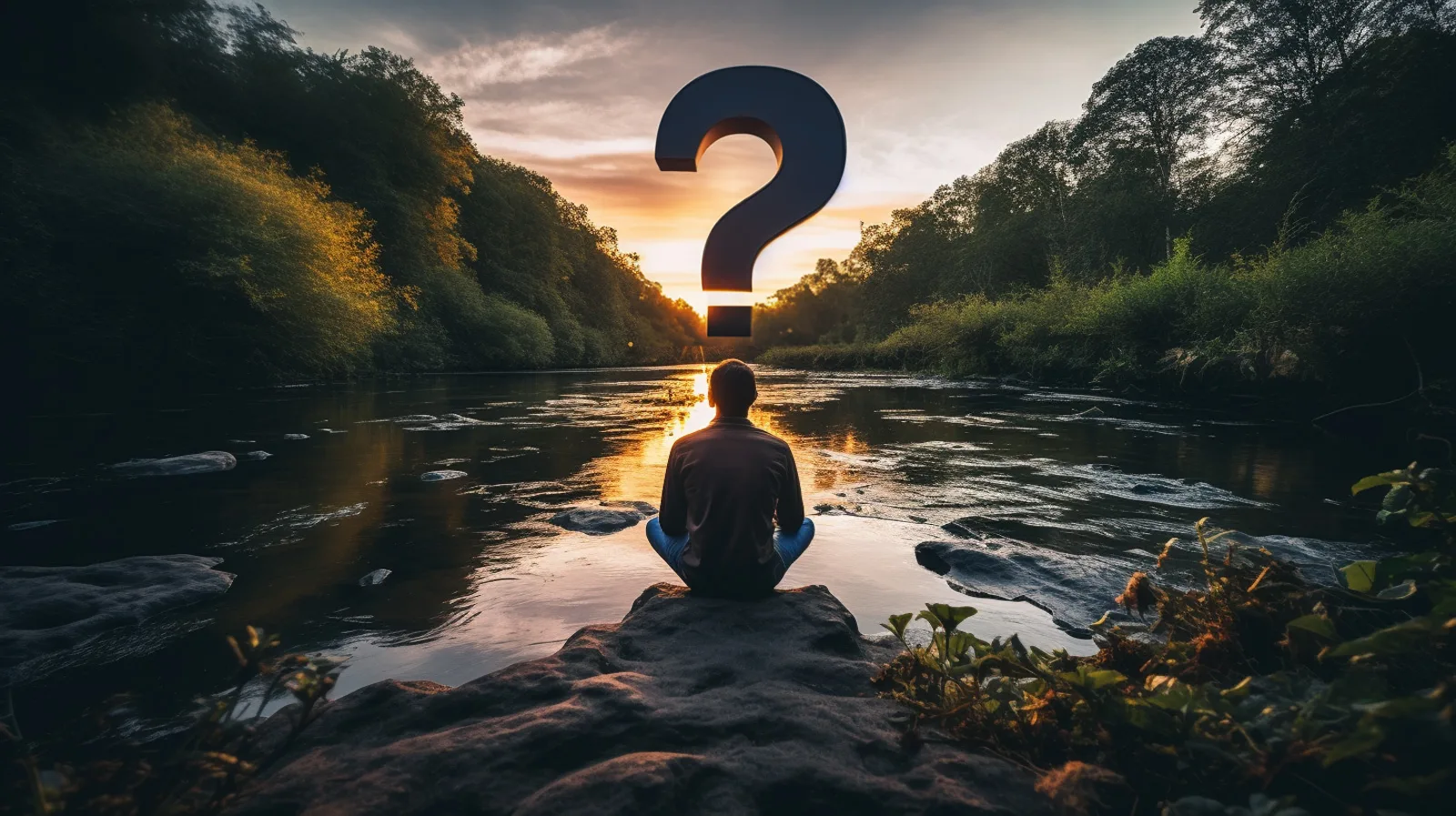A Step-by-Step Approach on How to Meditate? for Stress and anxiety Relief
A Step-by-Step Approach on How to Meditate? for Stress and anxiety Relief
Blog Article
How to Meditate: A Step-by-Step Technique to Achieving Mindfulness and Calm
Reflection acts as a powerful device for attaining mindfulness and psychological calmness in a hectic world. By comprehending the basic concepts and strategies involved in meditation, people can grow a practice that enhances their total health. This conversation will lay out necessary steps, from creating a conducive atmosphere to integrating meditation into day-to-day routines. As we explore these components, it comes to be clear that the trip to mindfulness is not just about the act of resting in silence, yet rather about promoting a much deeper connection with oneself and the globe around us. What might this transformation entail?
Comprehending Meditation
Comprehending meditation includes grasping its fundamental principles and techniques, which act as the foundation for the technique. At its core, meditation is a mental exercise aimed at advertising leisure, constructing internal energy, and creating compassion and understanding. The technique motivates individuals to concentrate their attention, commonly through techniques such as deep breathing, visualization, or rule rep.
Meditation can be categorized right into various designs, including mindfulness, transcendental, and loving-kindness meditation, each with distinctive functions and techniques. Mindfulness reflection emphasizes present-moment recognition and non-judgmental observation of ideas and feelings, while transcendental reflection entails using particular mantras to transcend ordinary mind. Loving-kindness reflection concentrates on establishing a mindset of love and empathy in the direction of oneself and others.
Regardless of the method used, the key goal stays regular: to cultivate a much deeper understanding of the mind and its patterns. This self-awareness fosters emotional resilience, clarity of thought, and an extensive sense of calm (How to meditate?). By comprehending these methods and concepts, individuals prepared for an effective reflection technique that can substantially improve their general wellness
Preparing for Your Practice
Before beginning your meditation technique, it is vital to produce an environment helpful to concentrate and relaxation. Select a quiet area where you are not likely to be disturbed. This could be a corner of an area, a garden, or any kind of area that stimulates a feeling of peace. Guarantee that the location is complimentary and tidy of clutter, as a tidy atmosphere can aid get rid of the mind.
Take into consideration the illumination, as natural light can boost your mood and power. Soft, cozy illumination is typically a lot more calming than harsh fluorescent lights. Furthermore, choose a comfy temperature, guaranteeing that you are neither as well hot neither too cold.
Integrating aspects that advertise harmony can additionally improve your experience. This could include soft cushions or blankets for comfort, along with relaxing aromas from crucial oils or incense. It can also be advantageous to have a timer set for your reflection session to avoid diversions from clock-watching.
Fundamental Meditation Strategies

An additional effective strategy is body scan meditation. This includes emotionally scanning your body from head to toe, discovering any kind of locations of stress or discomfort and knowingly relaxing those muscular tissues. This technique fosters a deeper link between your mind and body.

Lastly, loving-kindness meditation concentrates on growing compassion towards yourself and others. Silently repeat phrases of goodwill, enhancing emotional well-being and interconnectedness. Each of these strategies functions as a foundation for your reflection journey, permitting you to discover the approach that resonates finest with your individual method.
Preserving Emphasis and Mindfulness

Establishing a dedicated reflection area can improve the capacity to preserve mindfulness. A quiet, uncluttered atmosphere reduces diversions, enabling deeper immersion in the practice. Furthermore, establishing a time limitation can aid manage expectations; beginning with much shorter sessions may ease the change into longer practices.
Utilizing strategies such as body scanning or observing sensations can likewise strengthen mindfulness. These techniques motivate specialists to stay existing and involved with their physicality, anchoring their interest in the minute. Regular technique is essential; the mind builds resilience gradually, creating a stronger capability for focus.
Incorporating Meditation Into Day-to-day Live
Integrating meditation into day-to-day live can transform routine activities into chances for mindfulness and self-reflection. By integrating mindfulness practices into common jobs, people can cultivate a higher feeling of visibility and tranquility among the busyness of daily life.
Begin by determining minutes throughout your day where you can pause and exercise mindfulness. Throughout your early morning commute, focus on your breath or the experiences of the atmosphere around you. In the kitchen, method food preparation as a reflective method, relishing the structures, colors, and aromas of the components. Also mundane tasks like cleaning recipes or visit walking can come to be chances for reflection by directing your attention to the feelings of activity and the audios bordering you.
In addition, alloting devoted times for reflection can enhance its technique. Begin with brief sessions, progressively enhancing period as you end up being extra comfy. Usage tips or signs-- like a particular time of day or a soothing sound-- to develop uniformity.
Eventually, the goal is to weave mindfulness right into the textile of day-to-day life, enabling you to approach each moment with objective, thereby enhancing your general feeling of well-being and clearness.
Verdict
Finally, reliable meditation calls for a silent setting, a comfortable position, and an emphasis on the breath. By permitting ideas to arise without judgment and consistently redirecting attention to the breath, experts can accomplish enhanced mindfulness and harmony. Integrating numerous methods, such as body scanning and loving-kindness expressions, can additionally enrich the technique. Regular reflection, also briefly sessions, fosters a deeper connection to the here and now minute, ultimately resulting in greater tranquility and mental clarity in day-to-day live.
Reflection can be categorized into numerous styles, consisting of mindfulness, transcendental, and loving-kindness meditation, each with unique functions and methods. Mindfulness reflection stresses present-moment understanding and non-judgmental monitoring of feelings and ideas, while transcendental reflection involves the usage of details concepts to transcend common thought procedures.With your meditation room prepared, it's time to explore numerous fundamental try this reflection strategies that can aid cultivate mindfulness and internal tranquility.Regularly keeping focus and mindfulness during reflection can be tough, particularly for those new to useful content the technique.Establishing a devoted reflection area can enhance the capacity to keep mindfulness.
Report this page